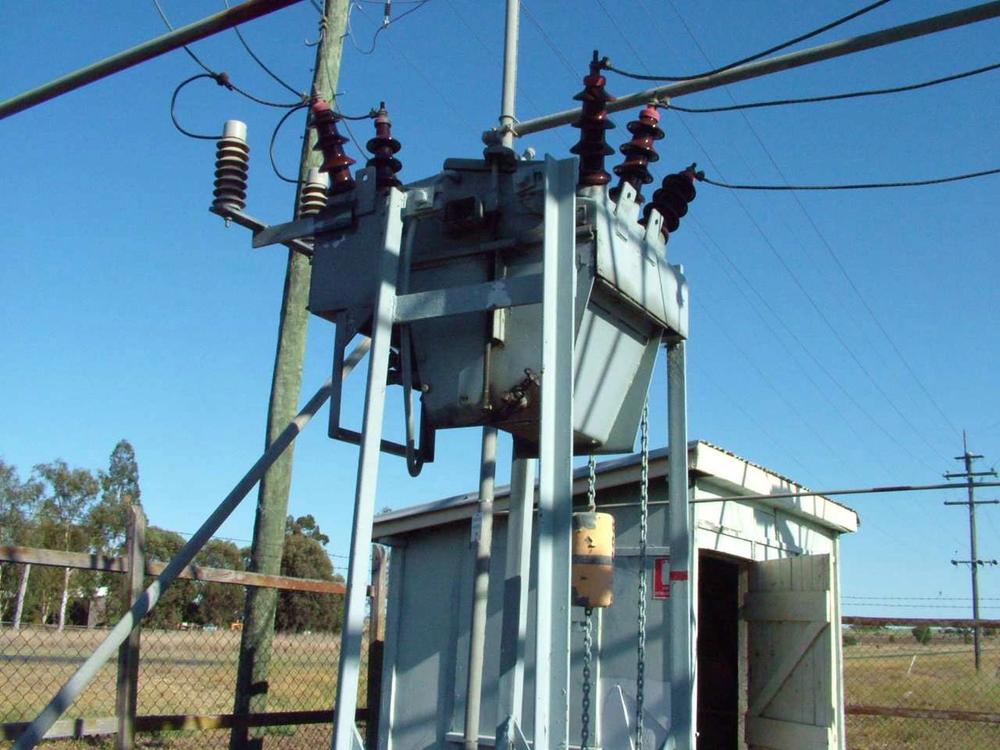Technical Article
Updated 02/2025
Protection Feature Application Summary
Modern digital protection relays offer extensive functionality, and NOJA Power’s RC series controllers are no exception. While the vast majority of users will only apply Overcurrent, Earth Fault and Sensitive Earth Fault (Ground fault to our US users) features to protect their distribution networks, we often receive questions regarding the applications for the many other features on offer. This exploration of features can highlight the shortcomings of existing protection schemes which may be addressed by enabling existing features within the controller.
Our protection feature summary diagram has become one of the most accessed images in our documentation. While it summarizes the NOJA Power RC’s capabilities, it only enumerates the features. The application of these features is assumed knowledge.
To address this knowledge assumption gap, below is a table of all the protection functions in NOJA Power’s RC Control System, and their key applications. That is, why these features are used in practice.
| Feature Name | ANSI Code | Applications |
|---|---|---|
| Overcurrent | 50P, 51P | Detecting Overloads, currents exceeding equipment ratings |
| Earth Fault | 50G, 51G | Detecting a failure of insulation in a circuit, causing a connection to earth. Reduced efficacy in non-effectively earthed networks |
| Sensitive Earth Fault | 50SG, 51SG | Detects High Impedance earth faults and insulation failure |
| Negative Sequence Current | 50Q, 51Q | Detect Current Imbalance, such as broken conductors or wiring errors. |
| Broken Conductor | 46BC | Exploits the ratio between Positive Sequence and Negative Sequence current, allowing detection of broken conductors without needing units of impedance |
| High Z Fault Detection | Not ANSI Defined | Detects Very High Impedance earth faults and earth faults on resonant/isolated neutral networks |
| Neutral Admittance | 21YN | Detects earth faults on isolated neutral networks. |
| Fault Locator | 21FL | Provides location estimates of overcurrent faults in distance from OSM Recloser |
| Harmonic Relay | Not ANSI Defined | Detects failing inverter equipment and industrial/generation connections violating connection code |
| Directional Overcurrent | 67P | Provides selectivity of overcurrent protection in scenarios of varied load flow |
| Directional Earth Fault/SEF | 67G, 67SG | Provides selectivity against sympathetic capacitive earth fault currents in high capacitance networks. |
| Directional Power | 32 | Provides anti-motoring and anti-generating features for distribution network connected rotating machines. |
| Reclosing | 79 | Provides Automatic Circuit Reclosing to improve network reliability. Ensures quantity of fault current applied to clear faults remains within equipment nameplate constraints. Exploits fault statistics that indicate 80% of faults are momentary and do not necessitate outages. |
| Circuit Breaker Failure | 50BF | Provides a breaker state logical output for substation interlock schemes. Used for inter-trip schemes on critical protection path |
| Under Voltage | 27 | Protects against brownout conditions, and can be used to prevent back-feed of power in distributed automation schemes. Can also be used for load shedding |
| Over Voltage | 59P | Protects against equipment damage from voltage exceeding nameplate ratings |
| Vector Shift | 78VS | Applied for non-synchronous generation connection and anti-islanding. |
| Neutral Overvoltage | 59N | Used for Earth Fault detection on isolated neutrals. Generally applied in conjunction with current elements such as SEF |
| Over Frequency | 81O | Used to detect excess generation |
| Under Frequency | 81U | Used to detect generation shortfalls and islanding |
| ROCOF | 81R | Addresses the non-detection zone of OF and UF by acting on the rate of change of frequency. Used for distributed generation connection and anti-islanding protection |
| Sync Check | 25 | Interlock feature mandating synchronism of load and source side before a close command can be issued |
| Auto-Synchroniser | 25A | An automation of Sync Check. Initiation of a close command starts a timer, and a close will occur when synchronization criteria are satisfied. If the timer expires, the close command is discarded |
All these protection features are available in NOJA Power’s RC-10, RC-15 and RC-20 controllers.
“Modern reclosers offer far more than the original ball and chain solutions developed in the 1930s and we are proud to be leading the way in terms of functionality available today,” reports NOJA Power Group Managing Director Neil O’Sullivan.

Want to stay up to date with Electrical Distribution Technology?
Join our list for a free weekly technical bulletin, as we share our Global Electrical Engineering experience directly to your inbox.
Subscribe →